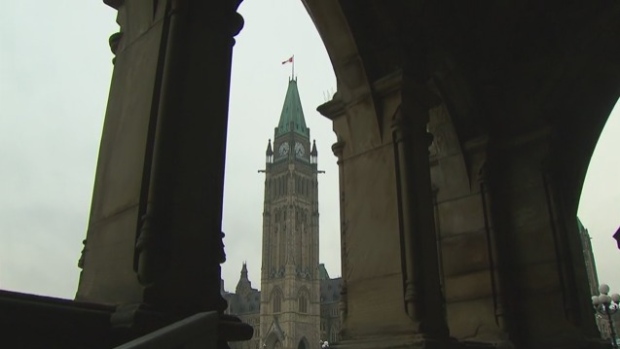Oct 24, 2017
The 7 things you have to know about Morneau’s economic update
By Greg Bonnell

Finance Minister Bill Morneau's fall economic statement is touting dramatically lower deficits on the back of a surprisingly strong economy - but still no path back to balance.
Here are seven things you need to know about the economic update:
- The estimated shortfall for the current fiscal year (2017-18) falls to $19.9 billion (from $28.5 billion forecast in the spring) as the stronger economy adds an extra $8.9 billion to government coffers.
- Not all of that extra $8.9 billion is going toward lowering the deficit. The Liberals are ushering in $1.8 billion in new spending and baking in a $1.5-billion fiscal cushion.
- The fall statement is enhancing the Canada Child Benefit, indexing the payouts to the cost of living starting in July 2018 - two years earlier than promised. That will see the maximum annual benefit for a child under the age of six go from $6,400 annually to $6,626 by 2019-20.
- Low-income Canadians will see the Working Income Tax Benefit bolstered by $500 million per year starting in 2019. The refundable tax credit saw $1.1 billion paid out to low-income workers in 2016.
- As previously announced, the small business tax rate will come down to nine per cent by Jan. 1, 2019. And the Liberals are standing by their promise to clamp down on the wealthiest Canadians using "unfair" tax advantages.
- The Liberal government now sees real GDP growth of 3.1 per cent this year, up from the 1.9 per cent forecast in the spring budget. Growth of 2.1 per cent is expected next year, and 1.6 per cent in 2019.
- Despite the surprisingly strong economy and dramatically lowered deficits, the Fall Economic Statement still shows a double-digit deficit for the last year of projections: a $12.5-billion shortfall in 2022-23.
